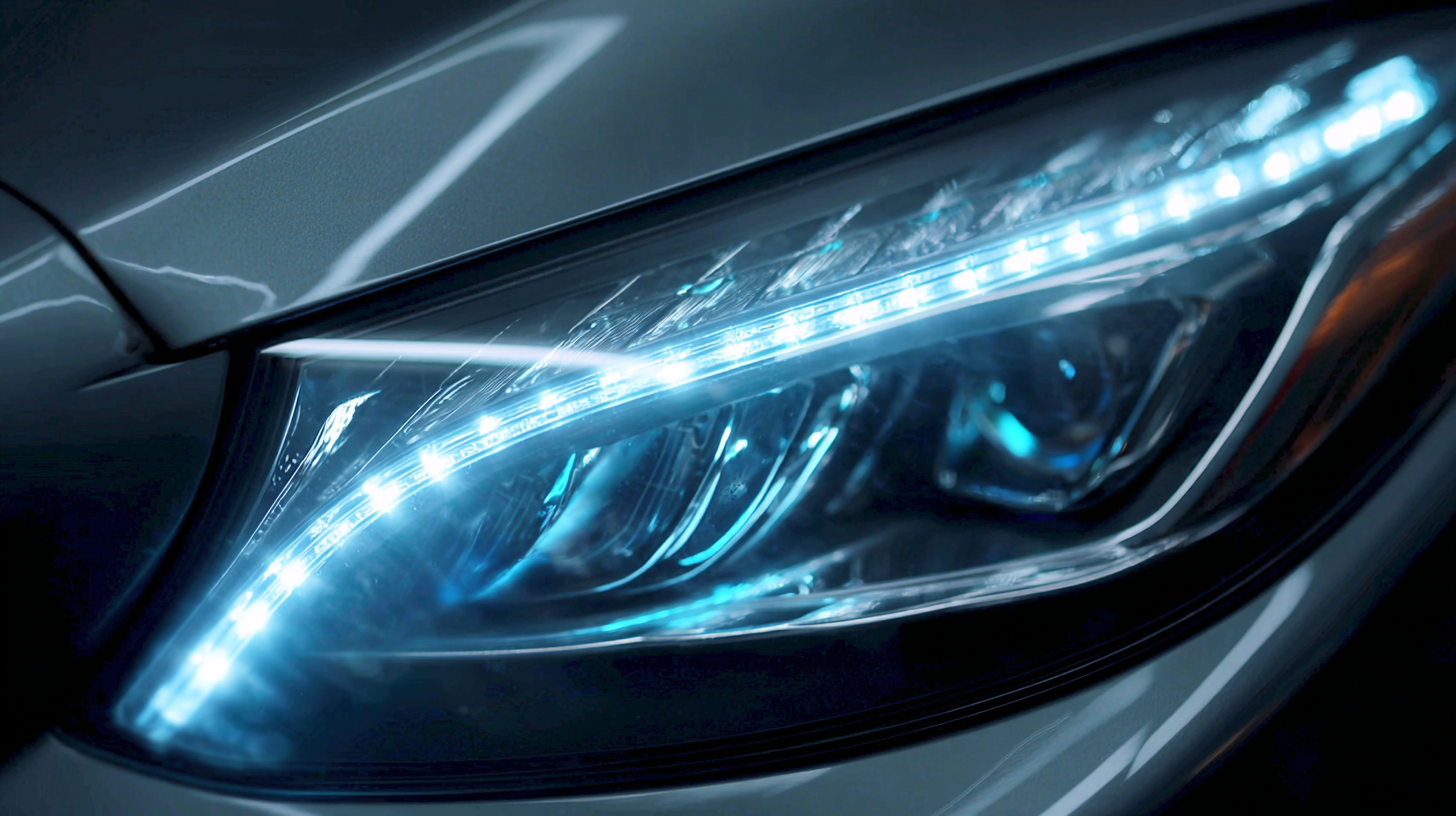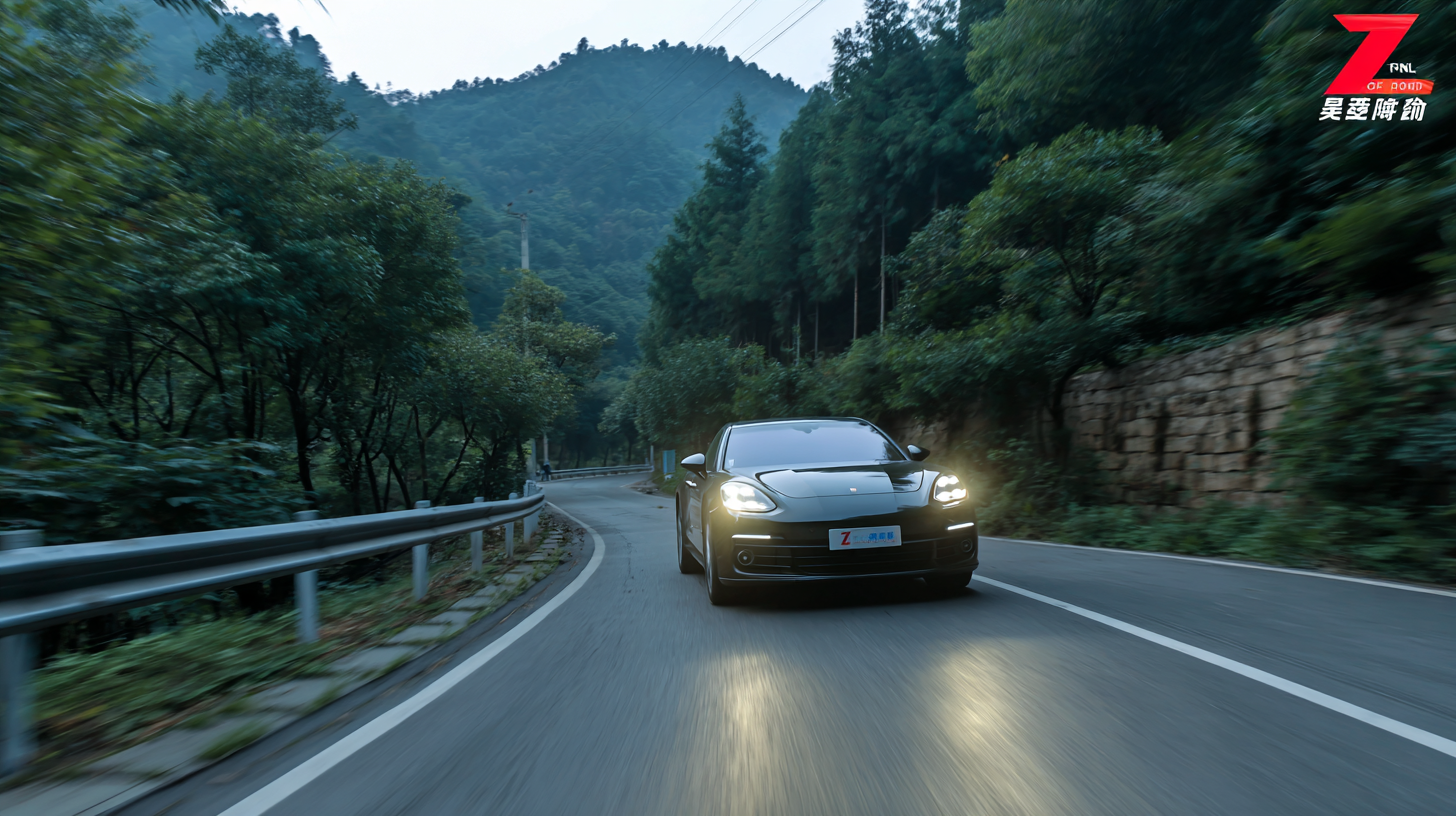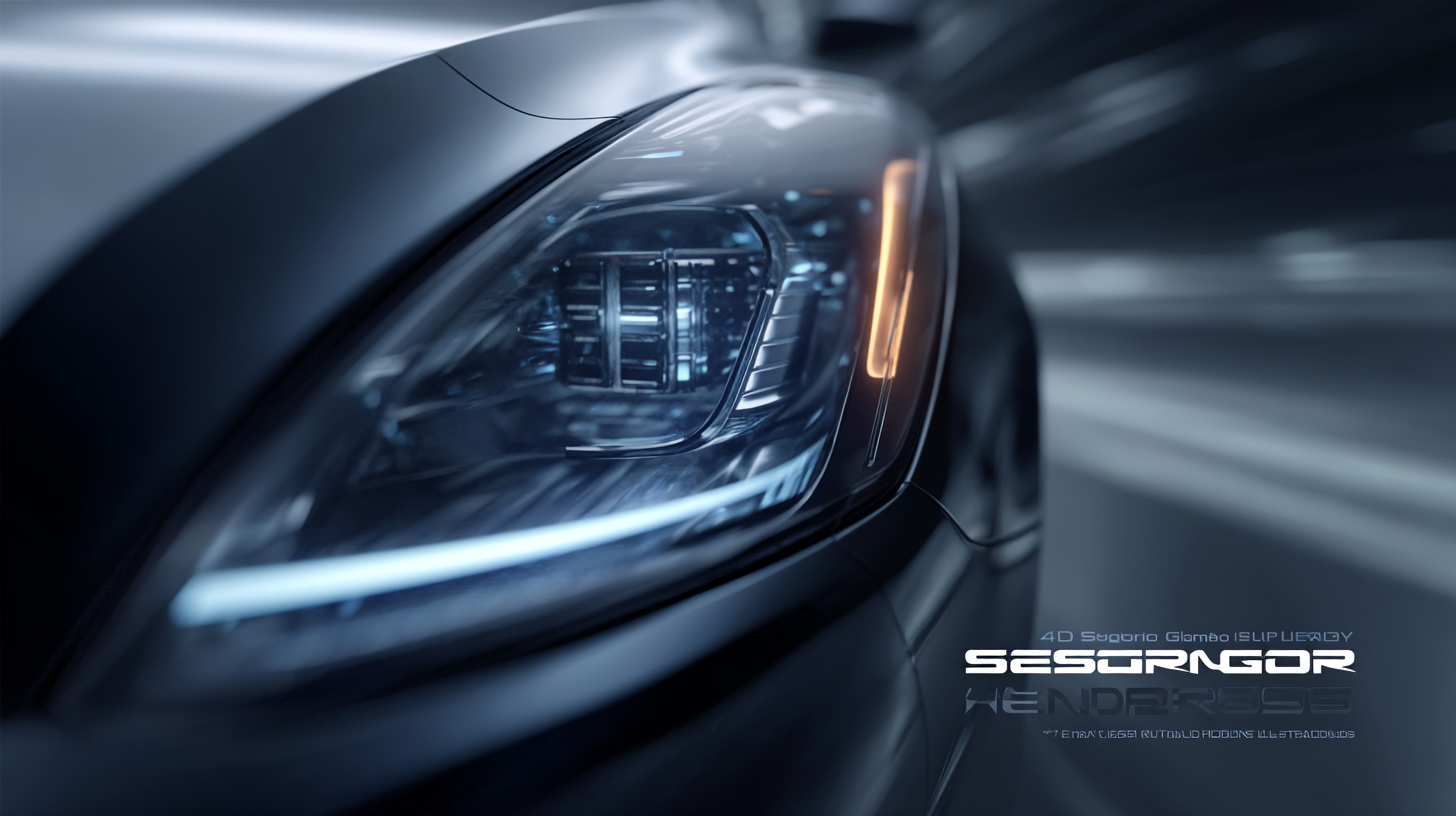Elevating Global Standards: The Rise of China’s Best Sensor Headlights in Quality and Innovation
In recent years, the automotive lighting industry has undergone a significant transformation, with the advent of advanced technologies shaping user experiences and driving safety standards. According to a report by MarketsandMarkets, the global market for automotive lighting is projected to reach $35.56 billion by 2027, growing at a CAGR of 5.5%. Among the innovative trends in this sector, Sensor Headlights have emerged as a game-changer, representing a fusion of quality and cutting-edge technology. China has positioned itself at the forefront of this evolution, developing sensor headlights that not only enhance visibility but also adapt intelligently to varying driving conditions. This innovation underscores China’s commitment to elevating global standards in automotive technology, showcasing their strength in both quality and innovation. As the industry progresses, the reliance on sensor headlights is expected to grow, marking a pivotal shift in how we approach vehicle safety and efficiency in the modern age.

The Evolution of Sensor Headlight Technology in China
In recent years, China has emerged as a leading force in the innovation and quality enhancement of sensor headlight technology. With a market forecast from Research and Markets projecting the global automotive lighting market to reach $37.5 billion by 2026, driven largely by advancements in smart lighting, China's contribution becomes increasingly significant. Notably, their sensor headlights utilize advanced algorithms and machine learning to adapt to varying road conditions, providing safer driving experiences.
The evolution of sensor headlight technology in China has been marked by substantial investments in research and development. According to a report by Allied Market Research, the smart lighting segment, which includes sensor-driven headlights, is expected to grow at a compound annual growth rate (CAGR) of 24.1% from 2020 to 2027. This rapid growth is supported by China's robust manufacturing capabilities and a focus on integrating AI into everyday automotive technologies. As domestic companies continue to prioritize quality and innovative features, the global automotive industry is witnessing a transformation that sets new standards for safety and efficiency.
Quality Assurance: The Backbone of China’s Sensor Headlight Production
In the competitive landscape of automotive lighting, quality assurance stands as a pivotal component in the production of China’s sensor headlights. As a global leader in manufacturing, China ensures that every sensor headlight adheres to rigorous quality standards. This commitment is reflected in advanced testing protocols, where each product undergoes comprehensive evaluations for performance, durability, and safety. By integrating automated quality checks along the production line, manufacturers can swiftly identify defects and maintain consistency, safeguarding the reputation of their products while meeting international benchmarks.

Moreover, the rise of innovative technologies in sensor headlights has been supported by a robust quality management system. Manufacturers invest in research and development to enhance both functionality and user experience, showcasing the significance of quality in the design phase. Adopting state-of-the-art materials and smart technology, these headlights not only provide superior illumination but also adapt to varying driving conditions automatically. This innovation, underpinned by a diligent quality assurance process, positions China at the forefront of the global automotive lighting industry, embodying a perfect blend of quality and cutting-edge technology.
Innovative Features that Set China’s Sensor Headlights Apart
China's sensor headlights have emerged as a significant force in the automotive lighting industry, characterized by innovative features that enhance both safety and efficiency. According to a report by MarketsandMarkets, the global automotive lighting market is projected to reach $38.5 billion by 2027, with advancements in adaptive lighting systems being a prime driver of this growth. Chinese manufacturers are at the forefront, integrating cutting-edge technologies such as advanced light detection and ranging (LiDAR) and real-time adaptive brightness adjustment, which significantly improve visibility in various driving conditions.
One standout feature of China’s sensor headlights is their ability to automatically adjust the beam pattern based on the environment. For instance, studies indicate that systems utilizing smart sensors can reduce glare for oncoming drivers by up to 50%, thereby enhancing road safety. Additionally, the incorporation of artificial intelligence allows these headlights to learn from driving habits, optimizing light output in real-time. As reported by ResearchAndMarkets, over 40% of consumers now regard smart lighting systems as a must-have in modern vehicles, further solidifying China’s position as a leader in automotive lighting innovation.
Elevating Global Standards: The Rise of China’s Best Sensor Headlights in Quality and Innovation
This chart illustrates the performance metrics of China's leading sensor headlights, showcasing their advancements in brightness, energy efficiency, durability, response time, and affordability. These innovative features highlight China's commitment to elevating global standards in automotive lighting technology.
Global Market Impact: How China's Sensor Headlights Are Shaping Industry Standards
The rise of China's sensor headlights marks a significant shift in the automotive lighting industry, elevating global standards through advanced technology and innovation. As manufacturers focus on integrating motion sensor technology, the implications for safety and efficiency are profound. These headlights, equipped with state-of-the-art sensors, not only enhance visibility but also adapt to real-time driving conditions, reducing the risk of accidents and improving overall driving experiences.

China's advancements in sensor technology are reshaping industry standards on a global scale. With projections indicating substantial market growth, particularly in the automotive sector, the integration of collision avoidance sensors is becoming increasingly critical. These innovations are driving the market toward a future where smart lighting solutions are essential in automotive design. As China continues to lead in this space, competition will likely intensify, prompting manufacturers worldwide to adopt similar technologies, further elevating safety and performance standards across the automotive industry.
Sustainability and Future Trends in Sensor Headlight Manufacturing
The automotive industry is witnessing a significant transformation, especially with the rise of sensor headlights that are not only enhancing vehicle safety but also promoting sustainability. According to a recent report from MarketsandMarkets, the global market for automotive lighting is expected to grow from $28.76 billion in 2021 to $41.01 billion by 2026, with innovations in sensor technology playing a critical role. This trend highlights the growing consumer demand for advanced lighting solutions that improve visibility and reduce energy consumption, paving the way for a more sustainable approach in automotive manufacturing.
China, as a leading player in the sensor headlight segment, is at the forefront of integrating eco-friendly materials and manufacturing processes. A study by Statista indicates that approximately 70% of automakers are prioritizing the use of recyclable materials in their vehicle components by 2025. This aligns with global sustainability goals, fostering the development of headlights that minimize environmental impacts without compromising performance. Additionally, the adoption of adaptive lighting systems, which adjust brightness based on driving conditions, enhances energy efficiency, marking a notable shift towards sustainable practices in the automotive industry.
Elevating Global Standards: The Rise of China’s Best Sensor Headlights in Quality and Innovation - Sustainability and Future Trends in Sensor Headlight Manufacturing
| Feature | Current Trend | Sustainability Focus | Future Outlook (2025) |
|---|---|---|---|
| Lumens Output | Increasing up to 3000 lumens | Use of recyclable materials | Anticipated growth to 3500 lumens |
| Power Efficiency | 80% energy-efficient systems | LED and solar integration | Projected 90% efficiency |
| Smart Features | Adaptive lighting technologies | Emphasis on user feedback for design | Wider implementation of AI systems |
| Durability | Enhanced weather resistance | Longer lifecycle components | Increased lifespan to 10 years |
| Market Growth | Rapidly growing segment with +15% CAGR | Reduction in carbon footprint | Expected market size increase of $5 billion |
